
How to Transition from Software Engineer to Data Scientist: A Step-by-Step Guide
Jan 09, 2025 8 Min Read 213 Views
(Last Updated)
Software engineers these days feel drawn to data science, and I’ve seen this trend grow by a lot in the last few years. The attraction makes sense – data science brings new challenges, fresh ways to solve problems, and better pay in most cases.
Your programming knowledge gives you a strong foundation when you want to switch from software engineering to data science. The move needs careful planning and new skills beyond what traditional software engineering requires.
Let’s break down the steps to move from being a software engineer to data scientist and compare both roles carefully. This article covers math concepts and project portfolios to help you decide about your career change. You’ll find useful steps to guide your path, whether you’re just starting to think about this change or already planning your move.
Table of contents
- Understanding the Core Differences
- Technical skill requirements comparison
- Day-to-day responsibilities
- Career trajectory differences
- Leveraging Your Software Engineering Background
- 1) Transferable programming skills
- 2) Software development best practices in data science
- 3) Version control and documentation
- How to Transition from Software Engineer to Data Scientist: Detailed Steps
- Building the Essential Foundation
- Developing Data Science Technical Skills
- Creating a Learning Roadmap
- Building a Project Portfolio
- Navigating the Career Transition
- Takeaways…
- FAQs
- Is it possible for a software engineer to transition to data science?
- What are the key steps for a software engineer to transition into data science?
- How does the day-to-day work of a data scientist differ from that of a software engineer?
- What advantages does a software engineering background provide in data science?
- How can I showcase my transition from software engineering to data science to potential employers?
Understanding the Core Differences
First, you need to understand what makes data scientists and software engineers different. My extensive research about these two roles shows their differences run deeper than most people think.
Technical skill requirements comparison
Both roles need strong programming foundations. Data scientists require a broader skill set though. They need stronger mathematics and statistics backgrounds than software engineers. Here are the key technical skills:
- Statistical analysis and probability
- Machine learning algorithms
- Data wrangling and preprocessing
- Advanced mathematics (multivariable calculus and linear algebra)
- Data visualization tools
Software engineers concentrate more on writing clean production code and understanding system architecture. They need deeper expertise in specific programming languages and software development practices.
Day-to-day responsibilities
These roles have substantially different daily work patterns. Software engineers dedicate most of their time to coding and building systems. We focus on creating precise, functional systems with definitive logic. Data scientists work more with ambiguity and probabilities.
A typical data scientist’s day includes:
- Collecting and cleaning data (about 70% of their time)
- Building predictive models
- Analyzing trends and patterns
- Presenting findings to stakeholders
Career trajectory differences
Both roles offer strong growth potential with different paths. Data scientists start as entry-level analysts or junior data scientists. They progress to senior roles like principal data scientist or chief data strategist. Advanced education is a great way to get most positions, especially with a master’s degree.
Software engineers begin as junior developers and advance to senior roles like lead developer or software architect. Both careers pay well. Data scientists earn an average of ₹ 8-9 Lakhs annually, while software developers average ₹ 9-10 Lakhs per year.
Software engineering openings outnumber data scientist positions by approximately 8-to-1. Both fields rank among the top jobs for salary and job satisfaction.
Leveraging Your Software Engineering Background
Software engineers have a major advantage when they move into data science. Let me explain how you can use your software engineering background to speed up your data science experience.
1) Transferable programming skills
Programming expertise gives software engineers a great head start in data science. We have strong foundations in programming, algorithm design, and problem-solving that fit naturally into data science roles. These programming skills work especially well:
- Python and JavaScript proficiency
- Data structures and algorithms knowledge
- SQL and database management
- Library and framework familiarity
- Team collaboration experience
- Deadline management capabilities
2) Software development best practices in data science
Software engineering discipline can boost data science workflows. Clean, maintainable code is vital to us as software engineers. Data scientists with software skills work better independently and need fewer outside resources to handle data.
We bring production-ready code to the table. Many data scientists focus only on analysis, but our background helps us create flexible solutions. Large datasets don’t scare us – we know how to handle them efficiently and build tools that process data at scale.
3) Version control and documentation
Software engineers excel at version control in data science. Change tracking means more than just backing up work – it helps teams collaborate and maintain code quality. Data Version Control (DVC) is a vital tool to manage machine learning models and large datasets.
Documentation plays a critical role in data science projects. These key practices help:
- Write clear docstrings for functions and classes
- Maintain detailed README files
- Document infrastructure requirements
- Include model training procedures
Code documentation should grow with the project. We focus on explaining the ‘what’ and ‘why’ rather than just the ‘how’. This matters even more with complex data science pipelines where you need reproducible results.
Git and version control systems make us great at managing team data science projects. Branch strategies, merge conflicts, and clean commit histories are second nature to us. These skills are a great way to get ahead when working with data science teams.
How to Transition from Software Engineer to Data Scientist: Detailed Steps
1. Building the Essential Foundation
Data science requires mastering specific skills beyond software engineering expertise. My experience shows that knowing core requirements creates a focused learning path.
1.1) Mathematics and statistics prerequisites
Software engineering mainly uses discrete mathematics, but data science needs a broader mathematical foundation. During your transition, you will find these to be the most important mathematical concepts:
- Linear algebra for matrix operations and dimensionality reduction
- Probability theory for predictive modeling and risk analysis
- Statistical analysis for hypothesis testing and data interpretation
- Calculus for optimization algorithms and model fine-tuning
These concepts matter because we apply them daily. Linear algebra helps me with tasks like dimensionality reduction and solving systems of linear equations in machine learning algorithms.
1.2) Required programming languages
The transition from software engineering to data science needs focus on specific programming languages. Here are the ones I use most:
| Language | Primary Use in Data Science |
| Python | Most accessible to more people, largest data science user base |
| R | Statistical computing and accessible visualizations |
| SQL | Data manipulation and database management |
Python leads as the gold standard because it has the largest data science support community. Most tools use Python as their foundation. R works great with Python, especially for statistical analysis and creating powerful visualizations.
1.3) Data science tools and frameworks
The data science ecosystem has various frameworks that speed up our work. These tools are a great way to get started:
- TensorFlow stands out as the most popular framework for machine learning projects.
- Pandas helps with data manipulation and Scikit-learn implements machine learning algorithms.
These frameworks provide pre-tested and pre-optimized code that saves development time.
These tools work together beautifully. A typical machine learning project uses Pandas for data preprocessing, Scikit-learn for model development, and TensorFlow for deep learning implementations. This integrated approach creates efficient workflows and better results.
2. Developing Data Science Technical Skills
I’ll show you how to build the technical skills that will help you move from software engineering to data science. Let’s dive into putting these skills to work.
2.1) Machine learning fundamentals
You will come to learn that machine learning has three main types: supervised learning, unsupervised learning, and reinforcement learning. The sort of thing I love is how 82% of companies need people with machine learning skills, yet only 12% say they have enough machine learning professionals.
These algorithms will prove to be significant in learning:
- Linear and logistic regression for predictive modeling
- Decision trees and random forests for classification
- K-means clustering for pattern recognition
- Support vector machines for data classification
2.2) Data preprocessing and analysis
Data preprocessing will become your secret weapon when building models that work. Raw data often has missing values and outliers that can lead to wrong conclusions. Three critical preprocessing steps should shape your approach:
- Data Cleaning: Handling missing values, removing duplicates, and correcting errors
- Data Transformation: Converting data into suitable formats through normalization and standardization
- Data Integration: Combining multiple data sources while maintaining data integrity
Data cleaning takes about 70% of a data scientist’s time – a fact that surprised me. This preparation will give a solid foundation for our models to work with quality input data.
2.3) Model development and evaluation
Model development needs a systematic approach. The process starts by splitting data into training and testing sets, usually with a 70-30 split. This separation helps prevent overfitting and makes sure our model works well with new data.
These metrics guide the model evaluation:
| Metric Type | Use Case |
| Accuracy | Overall correctness measurement |
| Precision | Positive prediction accuracy |
| Recall | Sensitivity to positive cases |
| F1-Score | Balance between precision and recall |
Model evaluation goes beyond accuracy. Business context and error costs matter too. To cite an instance, medical diagnosis models might need higher recall than precision to minimize false negatives.
Cross-validation proved most effective in ensuring consistent model performance. This technique helps verify that our model learns from data instead of just memorizing patterns.
3. Creating a Learning Roadmap
A well-laid-out learning path is vital to switch careers into data science successfully. This roadmap comes from a thoroughly researched personal journey and what works best in the industry.
3.1) 6-month learning plan
My research on different learning methods led me to create this focused plan that will aid you in making the switch:
| Month | Focus Area | Key Activities |
| 1-2 | Mathematics & Statistics | Statistics fundamentals, linear algebra, calculus |
| 2-3 | Programming & Tools | Python, R, SQL mastery |
| 3-4 | Machine Learning | Algorithms, model building |
| 4-5 | Deep Learning | Neural networks, TensorFlow |
| 5-6 | Projects & Portfolio | Ground applications |
3.2) Recommended courses and resources
Learning from multiple platforms gives you the best education. MIT Open Learning has excellent data science resources through their MicroMasters program. You can even use these credits toward a Master’s degree. Here are my top picks:
- Gain industry-relevant skills in machine learning, AI, and analytics through hands-on projects with GUVI’s Zen Class Data Science Course that offers personalized mentorship, and a job-ready curriculum designed to unlock top-tier opportunities in the data-driven world.
- Professional Certificate Programs from Caltech University and IBM give you a solid curriculum and post-graduate validation.
- Google’s Machine Learning Crash Course comes with video lectures, case studies, and practice exercises.
- Codementor provides tutorials and practical guidance.
The numbers speak for themselves – 90% of people who completed quality bootcamps landed jobs within 12 months and got an average ₹5 Lakhs salary bump.
3.3) Skill assessment milestones
Regular progress checks help ensure you’re ready to make the switch. Your approach should focus on multiple skills:
- Technical Proficiency
- Solve coding challenges on platforms like GFG or LeetCode
- Create interactive dashboards using Tableau or Power BI
- Join virtual hackathons
- Portfolio Development
- Set up and maintain a GitHub repository
- Take part in Kaggle competitions
- Build projects that solve real business problems
Internships or entry-level positions are a great way to get hands-on experience with datasets and statistical techniques. This approach works because it combines structured learning with practical application. You build theoretical knowledge and real-world skills at the same time.
4. Building a Project Portfolio
Building a compelling project portfolio has proven to be the quickest way to show your transition from software engineer to data scientist. Let me share what can work the best for you based on my research.
4.1) Selecting project types
A strong portfolio needs variety to showcase different skills. Including 3-4 projects works best, as this number lets you show your capabilities without overwhelming reviewers. Here’s how you should structure your project selection:
| Project Type | Purpose | Example |
| Code-based | Show technical expertise | Data pipeline automation |
| Content-based | Demonstrate communication | Technical blog posts |
| Industry-specific | Target desired roles | E-commerce analysis |
This approach works because the projects align with our target industries. To name just one example, see how e-commerce positions need projects that analyze customer behavior and sales trends.
4.2) Implementation best practices
Your software engineering background will help you develop these significant practices:
- Document data sources and processing steps clearly
- Write clean, well-commented code with good documentation
- Include problem statements and methodology explanations
- Test website loading times in different browsers
The story behind the data matters a lot. Each project should detail the complete narrative, including hypotheses, processes, setbacks, and conclusions. This shows potential employers your technical capabilities and problem-solving methods.
4.3) Portfolio presentation strategies
Your portfolio website should include these key elements that hiring managers want to see:
- Professional Introduction: A clear overview of who you are and your background
- About Section: Detailed background and expertise
- Contact Information: Professional contact details
- Project Showcase: Your best 3-4 projects with detailed documentation
GitHub works great for code hosting while a personal website handles presentation. Your portfolio stays responsive on all devices and uses SEO best practices. Technical reviewers can check the code while non-technical stakeholders can easily view your capabilities.
Each project includes detailed breakdowns of the following:
- Problem statement and objectives
- Data sources and preprocessing steps
- Techniques and tools used
- Results and business effect
Note that regular portfolio updates with new projects or improvements show your dedication to learning and keeping your skills current with industry trends.
5. Navigating the Career Transition
This final step in the transition from software engineering to data science involves becoming skilled at career changes. After helping many colleagues make this change, I’ll share proven strategies to land your dream data science role.
5.1) Resume restructuring
A compelling story of your transition should emerge from your resume. Experience shows that resumes fail because people use them as a “credential dump” instead of a strategic narrative. My approach to restructuring your resume follows.
The first step creates a “resume master” that’s twice your final length. This document includes all relevant experiences and various bullet points for each role. You can use this master document as foundation to create customized versions for each application.
Data science resumes stand out by showing impact through metrics and projects. The focus areas include:
- Quantifiable achievements from software engineering roles
- Data science projects with measurable outcomes
- Technical skills relevant to the specific position
- Collaborative projects showing team capabilities
You should be very selective about what you include. Start with your highest-impact skills and experiences. Your communication skills should shine through concise, effective descriptions.
5.2) Interview preparation
Data science interviews have multiple facets, with HR, technical, and project-based rounds. Preparation should target three key areas that hiring managers review:
- Technical Capability: They want to verify your skills match the job requirements
- Company Interest: Show active interest in the company’s data challenges
- Cultural Fit: Demonstrate knowing how to work effectively within their teams
These items need review before each interview:
- Your submitted resume and project portfolio
- Technical concepts mentioned in the job description
- The company’s data science applications
- Common behavioral questions
First impressions form within two seconds of meeting. Professional presentation, appropriate dress code, and confident body language matter greatly.
5.3) Salary negotiations
Salary negotiation plays a significant role in data science positions. People rating their negotiation skills as ‘excellent’ can earn up to $50,000 more annually than those with ‘very poor’ skills. A systematic approach to negotiations works best:
| Phase | Action | Purpose |
| Research | Market value assessment | Establish baseline expectations |
| Preparation | Total compensation analysis | Understand full package value |
| Discussion | Professional counteroffer | Present value proposition |
One vital insight suggests avoiding early salary discussions. Better responses include “I’m considering any competitive offers” or focusing on the total compensation package rather than just the salary number.
Many candidates don’t realize that negotiation is not only acceptable but expected. Companies rarely rescind offers because of negotiation attempts. The data shows 18% of data scientists have never asked for a higher salary, leaving money on the table.
Successful negotiations focus on:
- Understanding the total compensation package
- Asking role-specific questions about growth opportunities
- Maintaining professional courtesy throughout discussions
- Getting a full picture beyond base salary
Handle objections calmly and ask recruiters to review your counteroffer with their team. This approach helps secure better compensation packages while maintaining positive relationships with potential employers.
Takeaways…
Software engineers who want to expand their technical horizons will find data science a rewarding path. My research shows that software engineers excel in data science roles, especially when they use their skills in code organization, version control, and systematic problem-solving.
A methodical approach to developing skills in mathematics, statistics, and machine learning paves the way to success. This experience needs dedication, but our software engineering background gives us a clear edge. We already understand many concepts like writing efficient code and managing large-scale systems that directly apply to data science work.
Companies actively seek professionals who combine technical backgrounds with data science skills. Your projects and interviews should highlight both technical excellence and business results. This blend of skills will make you stand out in the competitive data science job market and help you land roles that align with your career goals.
FAQs
1. Is it possible for a software engineer to transition to data science?
Yes, it’s possible for a software engineer to transition to data science. Software engineers often have a strong foundation in programming and problem-solving skills that are valuable in data science. However, the transition requires additional learning in areas such as statistics, mathematics, and specific data science tools and techniques.
2. What are the key steps for a software engineer to transition into data science?
To transition from software engineering to data science, you should follow these steps:
1. Focus on developing skills in mathematics and statistics.
2. Learn programming languages like Python and R.
3. Master data science tools and frameworks.
4. Build a project portfolio
5. It’s also important to understand machine learning fundamentals and data preprocessing techniques.
6. Create a structured learning plan and gaining practical experience through projects or internships can significantly aid the transition.
3. How does the day-to-day work of a data scientist differ from that of a software engineer?
Data scientists typically spend more time on data analysis, building predictive models, and presenting findings to stakeholders. They work with ambiguity and probabilities, focusing on extracting insights from data. Software engineers, on the other hand, spend more time writing code, building systems, and working with definitive logic. Data scientists also often spend a significant portion of their time (around 70%) on data cleaning and preparation.
4. What advantages does a software engineering background provide in data science?
A software engineering background provides several advantages in data science, including strong programming skills, experience with version control and documentation, and the ability to write production-ready code. Software engineers are often skilled at handling large datasets efficiently and building scalable solutions. Their experience with collaborative development practices and code organization can also be valuable in data science projects.
5. How can I showcase my transition from software engineering to data science to potential employers?
To showcase your transition, follow these steps:
1. Build a strong project portfolio that demonstrates your data science skills.
2. Include 3-4 diverse projects that show your technical expertise, communication skills, and industry-specific knowledge.
3. Restructure your resume to highlight relevant experiences and quantifiable achievements.
4. During interviews, emphasize your unique combination of software engineering experience and newly acquired data science skills.
5. Be prepared to discuss how this background makes you a valuable asset to potential employers.

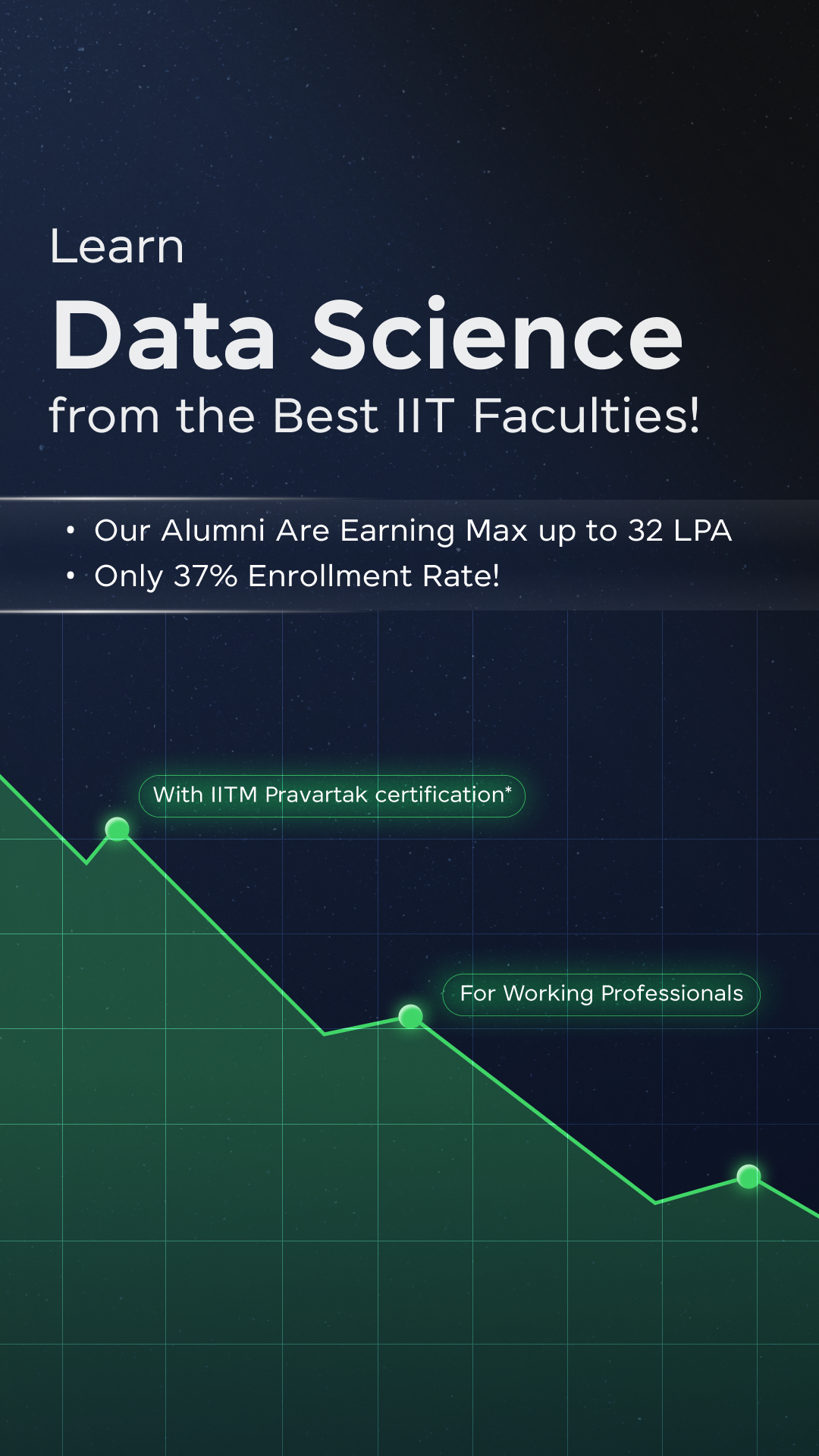





















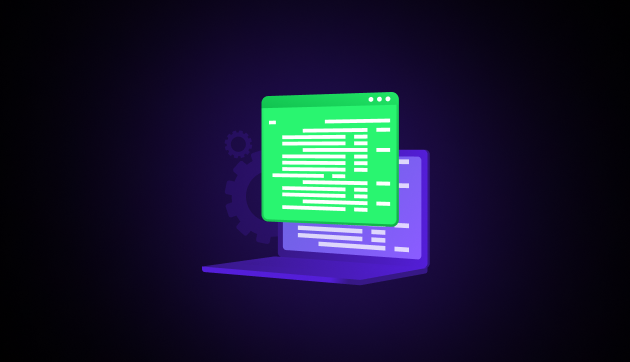
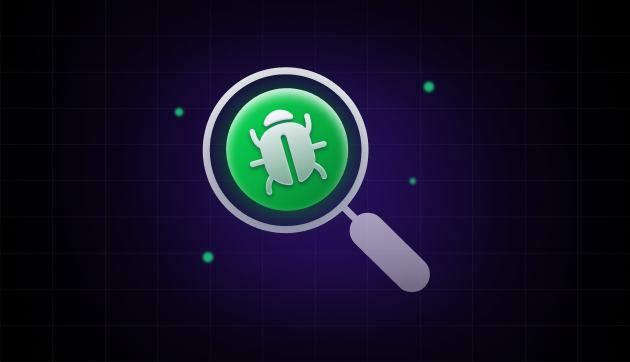

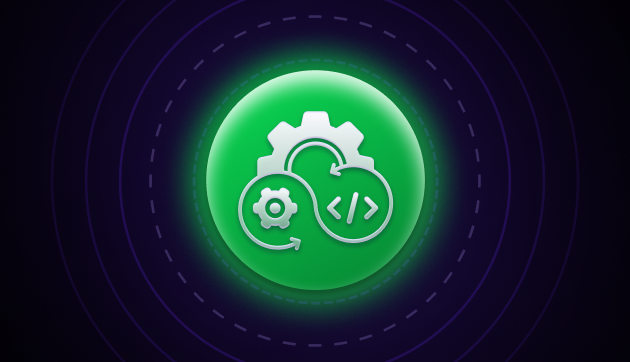
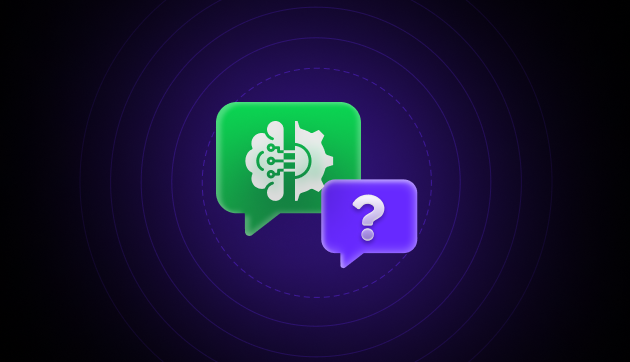
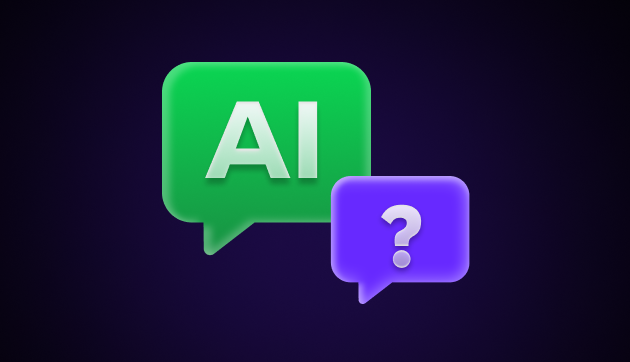
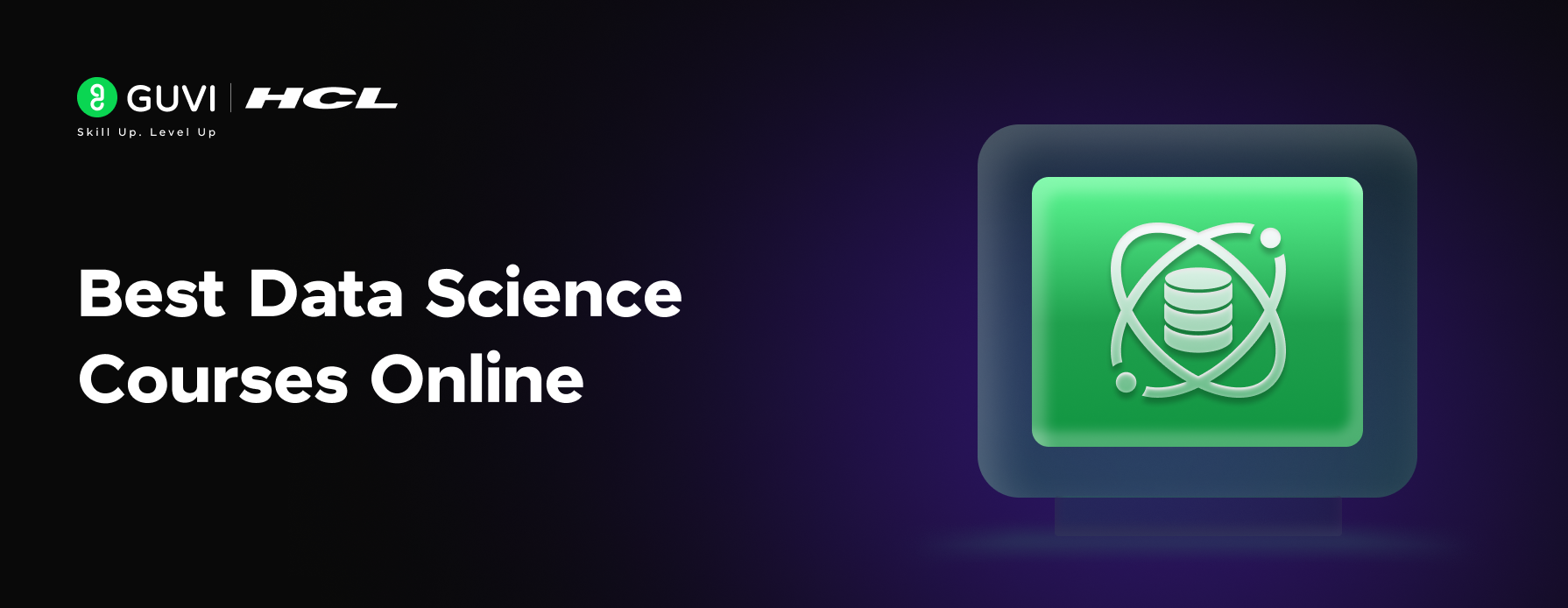

Did you enjoy this article?